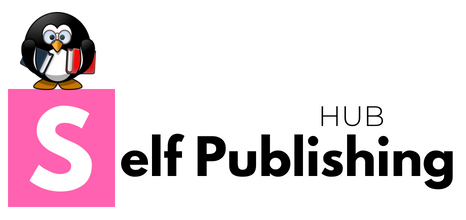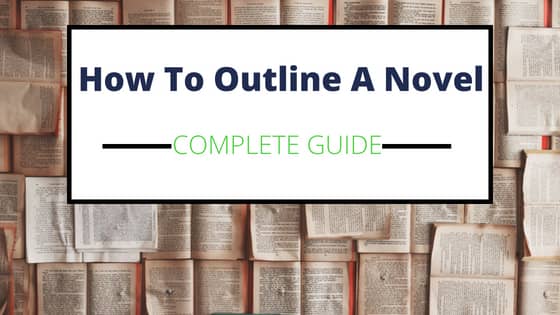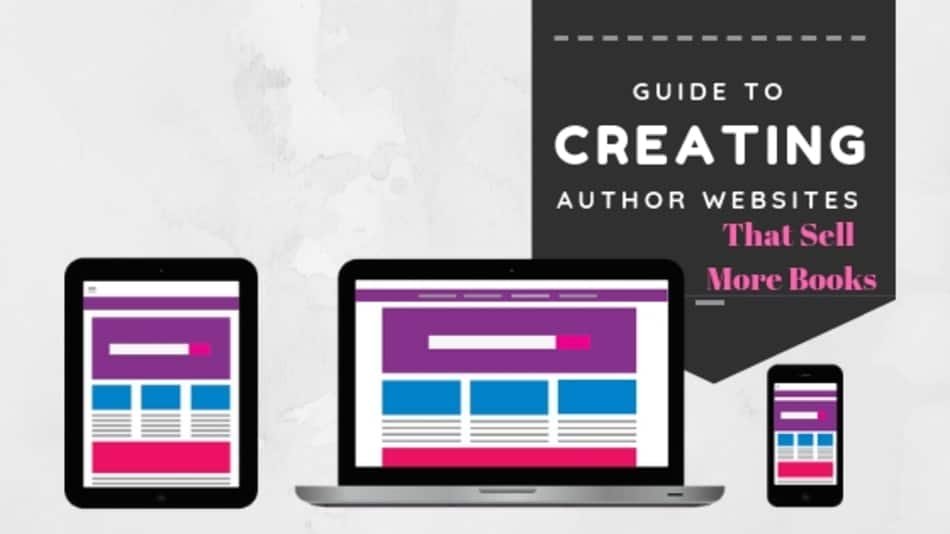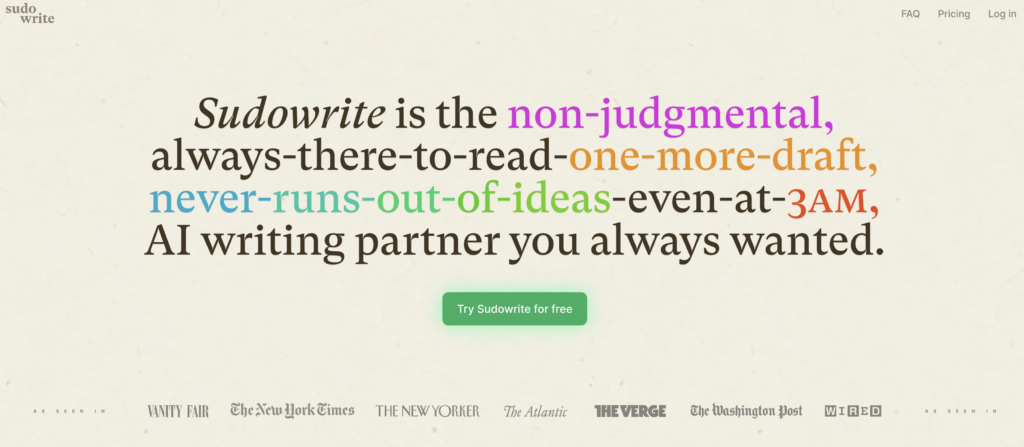Disclosure: The content on this site is free. Some of the links below are affiliate links from companies like Amazon.com and if you click the links and make a purchase we will receive a small commission at no additional cost to you. Thank you in advance if you decide to support our site by using our affiliate links!
Introduction to Outlining a Novel
As a writer, one of the skills you may want to learn and master is knowing how to outline a novel.
In this guide, you will get a comprehensive look at 5 different way to outline a novel. I hope you will find one that works best for you moving forward.
So, How can you outline a Novel? There are many different ways to outline a novel but here are our Top 5:
- The 3 Act Structure
- The Hero’s Journey or Monomyth
- The Plot Point Theory
- The Mirror Moment Method
- The Snowflake Method
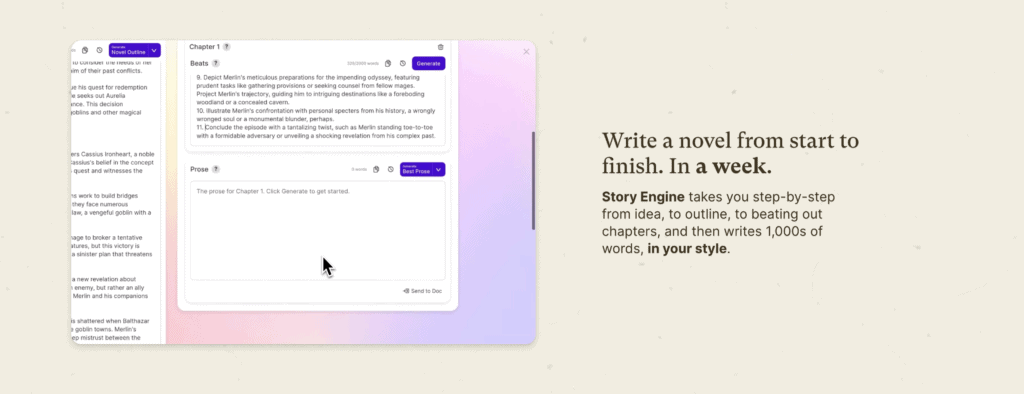
In the remainder of this guide, we will give you:
- A Visual representation of each outlining process
- An easy to understand overview of each novel outlining method
- The Pros and Con’s to each outlining method
- A step-by-step guide to each story structure and outlining method
- Free Outlining Templates to use for your next novel
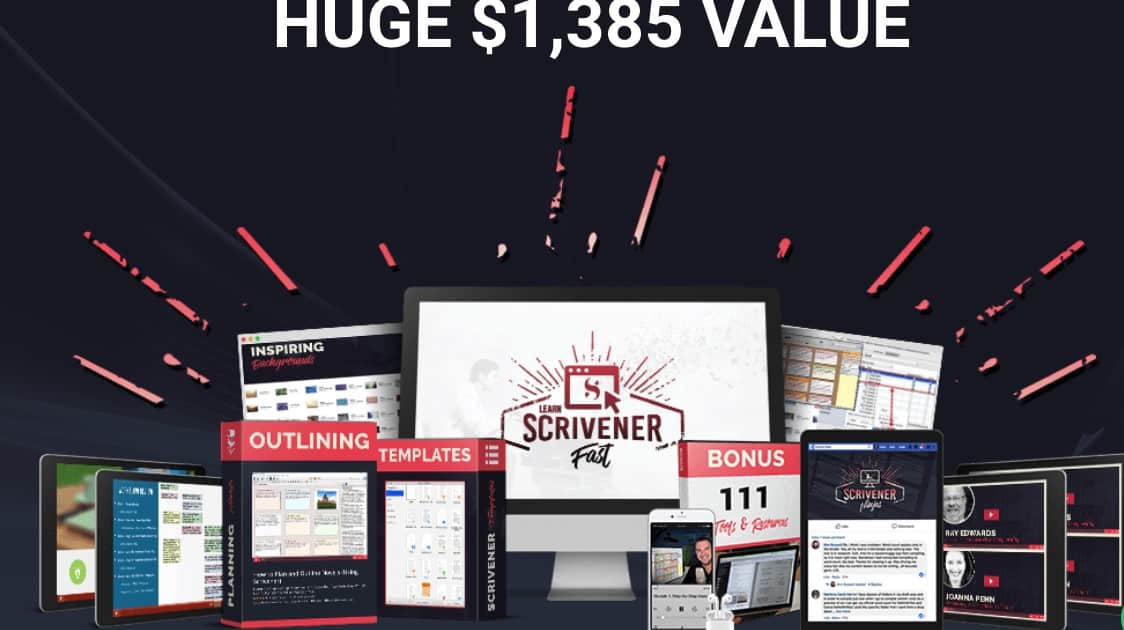
Let’s take a closer look at each of the outlining methods mentioned above.
The 3 Act Structure
Here is a visual representation of the Three-Act Story Structure which I think can be very useful for writers trying to pick an outlining method.
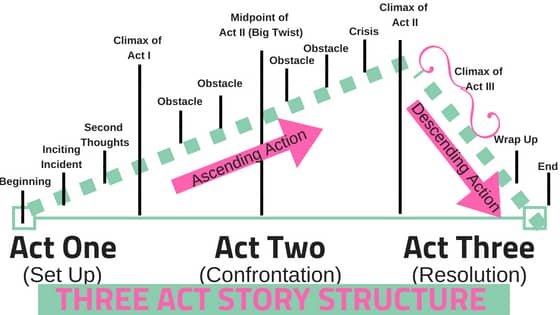
Overview of the 3-Act Story Structure
What is the three-act story structure? The easiest way to understand the three-act story structure is to simply look at its name. A story designed in a three-act structure contains 3 sections:
- The Set Up
- The Conflict
- The Resolution
In the most traditional form of a 3-act structure, the middle section of the novel is usually the largest section of the book, equaling about the same number of pages as the beginning and end put together.
Look at the image above and you can see that the middle act (the conflict) of the 3-act structure is about the same legnth as the 1st (the set up) and 3rd act (the resolution) combined.
This isn’t a hard and fast rule, sometimes the three acts can be broken into equal sized sections of your story. This will often lead to a faster-paced novel.
This version of the 3-act story structure was used by Susan Collins in The Hunger Games.
In this novel, she divides the book into almost 3 perfect acts of 9 chapters each. Then each of the acts is broken into 3 chapter sections. This helps create that fast-paced page turner for her readers.

Pros and Cons of the Three-Act Structure
Pros
The three-act structure is one of the easiest story structures to understand. It is easily recognizable as it is often taught in school.
For new writers, it helps to easily structure their stories to keep them from meandering around without going anywhere. It is a simple story structure to understand and execute.
Cons
One of the concerns with this story structure comes from just how easy it is to identify from not only the writers perspective but also the readers if you are too formulaic when adhering to the 3-act structure.
You want to make sure to keep that in mind if you choose this story structure to make sure your story doesn’t become too predictable for your readers. When outlining your novel in the three-act structure you should make sure to take a step back and check that the story doesn’t seem too contrived.
Step-By-Step Guide to Outlining Your Novel with the Three-Act Structure
So let’s take a closer look at what exactly goes into outlining your next novel with the 3-act story structure.
For this example, we will follow a 3-Act Structure designed with equal parts like The Hunger Games. In this outline, you will find a novel totaling 27 Chapters.
Each Act is broken into 9 chapters. Each act is further broken down into 3 equal blocks of 3 chapters each. You can think of it as creating a mini 3-act structure inside the larger structure to keep each block and act moving forward.
- The Set-Up (ACT I)
- Block 1 (Introduce the Hero in the Ordinary World)
- Chapter 1: Introduction (Set-Up) Introduce your Hero/protagonist in their ordinary world.
- Chapter 2: Inciting Incident (Conflict) Is the event or decision your hero makes, that initiates the narrative they will go on.
- Chapter 3: Immediate Reaction (Resolution) This is the immediate reaction to the inciting incident.
- Block 2 (Problem Disrupts Hero’s Life)
- Chapter 4: Reaction (Set-Up) Reacts and reflects on their decision or reaction
- Chapter 5: Action (Conflict) The hero decides to do something about their situation as a result of their reflection.
- Chapter 6: Consequence (Resolution) This chapter chronicles the immediate consequences the hero has to deal with as a result of their action in Chapter 5.
- Block 3 (Hero’s Life Changes Direction)
- Chapter 7: Pressure (Set-Up) The pressure mounts on your protagonists due to the decision they made in Chapter 5.
- Chapter 8: Pinch (Conflict) The first Pinch Point or plot twist is something that occurs to your hero that is completely unexpected.
- Chapter 9: Push (Resolution) As a result of the first pinch, the hero is now pushed into the new world.
- Block 1 (Introduce the Hero in the Ordinary World)
- The Conflict (Act II)
- Block 4 (Hero Explores New World)
- Chapter 10: New World (Set-Up) Introduce the reader to the new world, specifically what has changed and how does your protagonist feel about it.
- Chapter 11: Fun and Games (Event/Conflict) The hero can take a small divergence for fun or relationship development
- Chapter 12: Old World Contrast (Resolution) The hero takes time to compare their current world with how things used to be at the beginning of the story. Explore how they feel about it.
- Block 5 (Crises of New World)
- Chapter 13: Build Up (Set-Up) This is the build-up to the midpoint of the story
- Chapter 14: Midpoint (Conflict) This will negatively impact or change the hero forever
- Chapter 15: Reversal (Resolution) Hero’s immediate reaction to the midpoint.
- Block 6 (Finding a Solution)
- Chapter 16: Reaction (Set-Up) Reflects on the long-term impacts of the midpoint
- Chapter 17: Action (Conflict) Hero takes action to resolve the problem created by the midpoint. The difficulty of their task becomes apparent when things don’t go according to plan.
- Chapter 18: Dedication (Resolution) Despite the setbacks, the hero doubles down on achieving their goals.
- Block 4 (Hero Explores New World)
- The Resolution (Act III)
- Block 7 (Victory Seems Impossible)
- Chapter 19: Trials (Set-Up) The hero is put through significant hardship and trials they have never faced before.
- Chapter 20: Pinch (Event/Conflict) The Hero experiences a second plot twist that is completely unexpected and makes everything even worse.
- Chapter 21: Darkest Moment (Resolution) The second pinch leads to the hero’s lowest moment where they are at the point of despair and success seems impossible.
- Block 8 (Hero finds Power)
- Chapter 22: Power Within (Set-Up) After hitting rock-bottom, the hero finds an inner strength to push on
- Chapter 23: Action (Conflict) After deciding to push on, the hero takes action.
- Chapter 24: Converge (Resolution) Plotlines converge after the hero takes action and presses on.
- Block 9 (Hero Fights and Wins)
- Chapter 25: Battle (Set-up) The hero has his final battle, it can be a physical or mental battle – this is the finale
- Chapter 26: Climax (Conflict) This is the climax, the decisions the hero makes here will affect them for the rest of their lives. This is the point of no return.
- Chapter 27: Resolution (Resolution) The immediate reaction to the hero’s action in the previous chapter.
- Block 7 (Victory Seems Impossible)
If you want to see a good breakdown of the three-act structure above, read this article by Emma Johnson that goes into detail about each section by using The Hunger Games as an example.
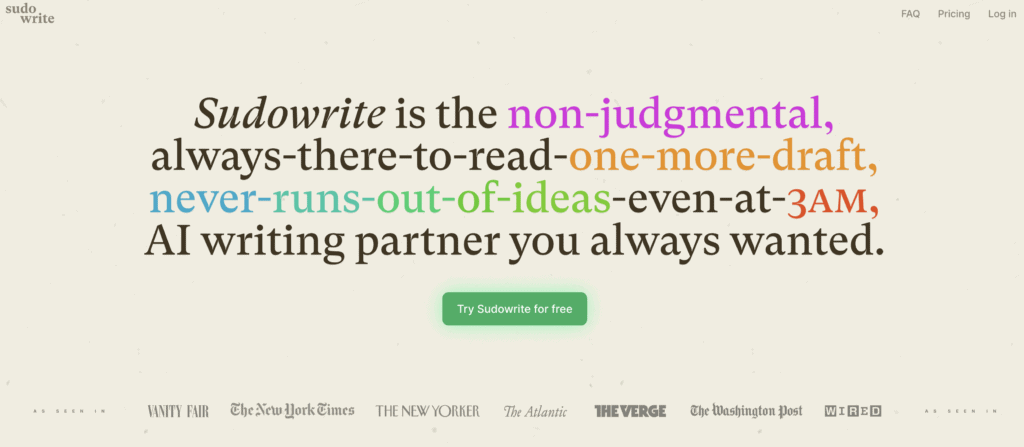
FREE 3-Act Outlining Template Below
Get Our FREE 3-act Story Structure Outline Template Here – Plus 4 More!
Note: You will need Scrivener to use it. If you don’t have Scrivener you can Get Scrivener Here.
Or find out Why Scrivener is the Best Writing Software for Writers Here..
